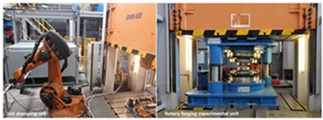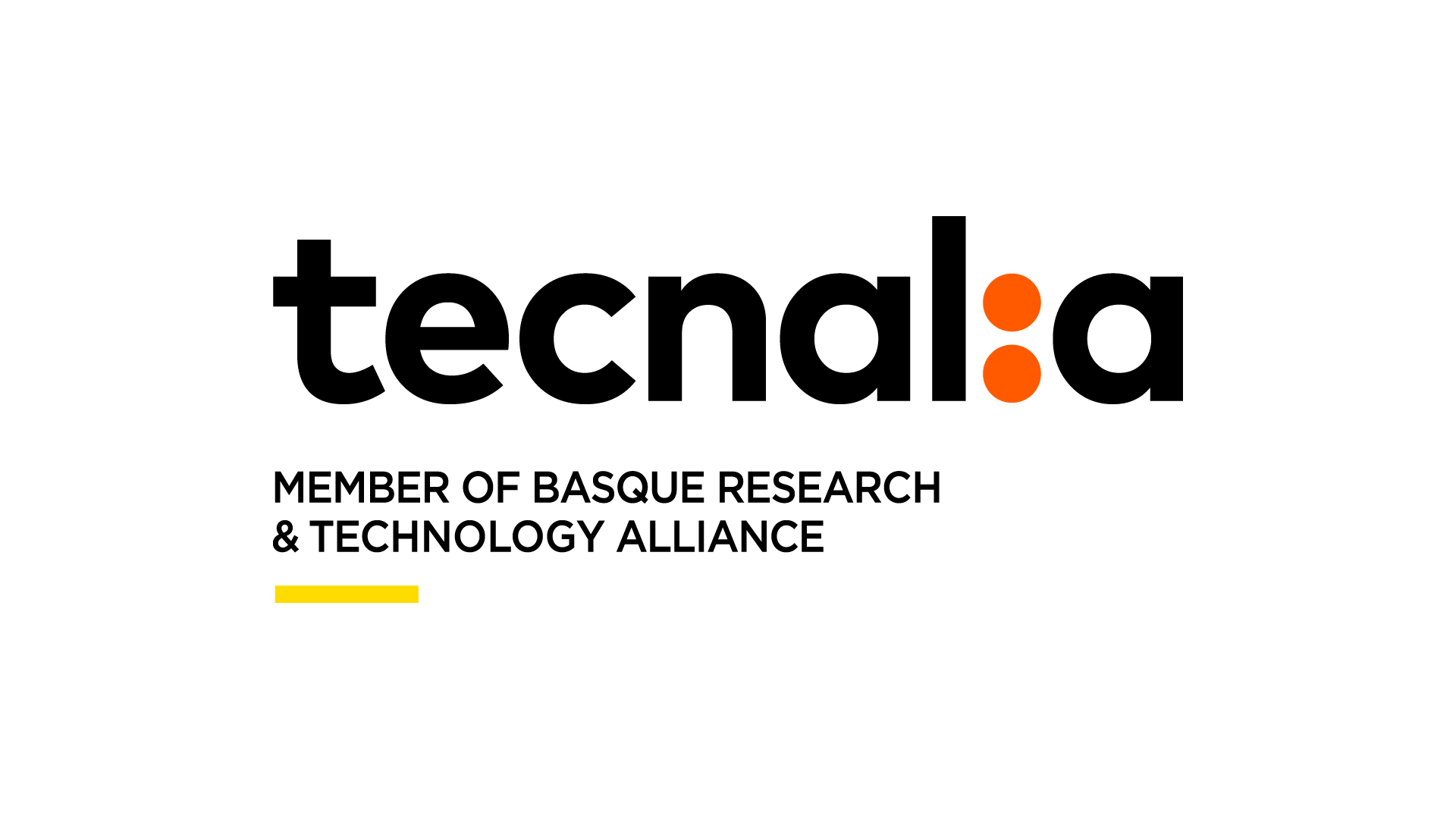Metal forming for the manufacture of lightweight components

DESCRIPTION
The complexity of the parts and assessment of critic formability of lightweight metals is challenging in hot stamping. The singularity of the available equipment combined with numerical methods enables the optimization or the process window design for that materials. Rotary forging is the other studied technology that fulfills the resource efficiency trend. It uses incremental deformation locally with the material to near net shape results, minimizing machining and welding operations. Prototypes are manufactured under preindustrial domain for achieving robust production.
MOST OUTSTANDING EQUIPMENT AND COMPONENTS
800 T Loire hydraulic press800 T Loire hydraulic press
DENN Trace manufacturing system designed to the acquisition, monitoring and record of main relevant process data of rotary forging.
Heating furnace for huge dimensions component
Rotary forging experimental unit with 350 kW motor and 12 KNm as maximum torque. This unit is set inside the hydraulic press (800 T).
SERVICES OFFERED BY THE ASSET

Design and optimization of forming processes

Hybridization of rotary forging with other processes

Rotary forging design for net-shape parts
ENTITY MANAGING THE ASSET

FUNDACIÓN TECNALIA RESEARCH & INNOVATION
Contact person: Fernando Liebana


